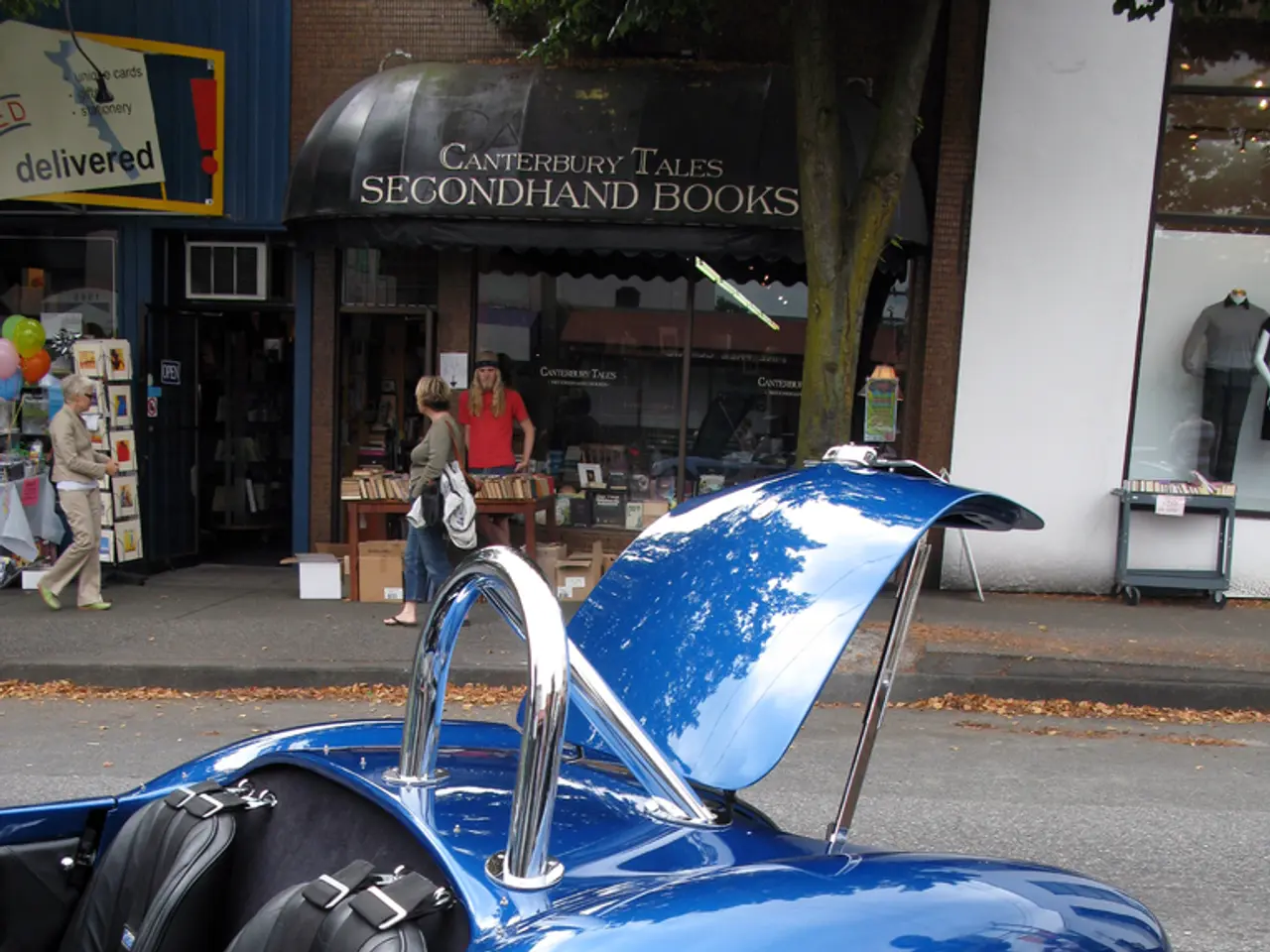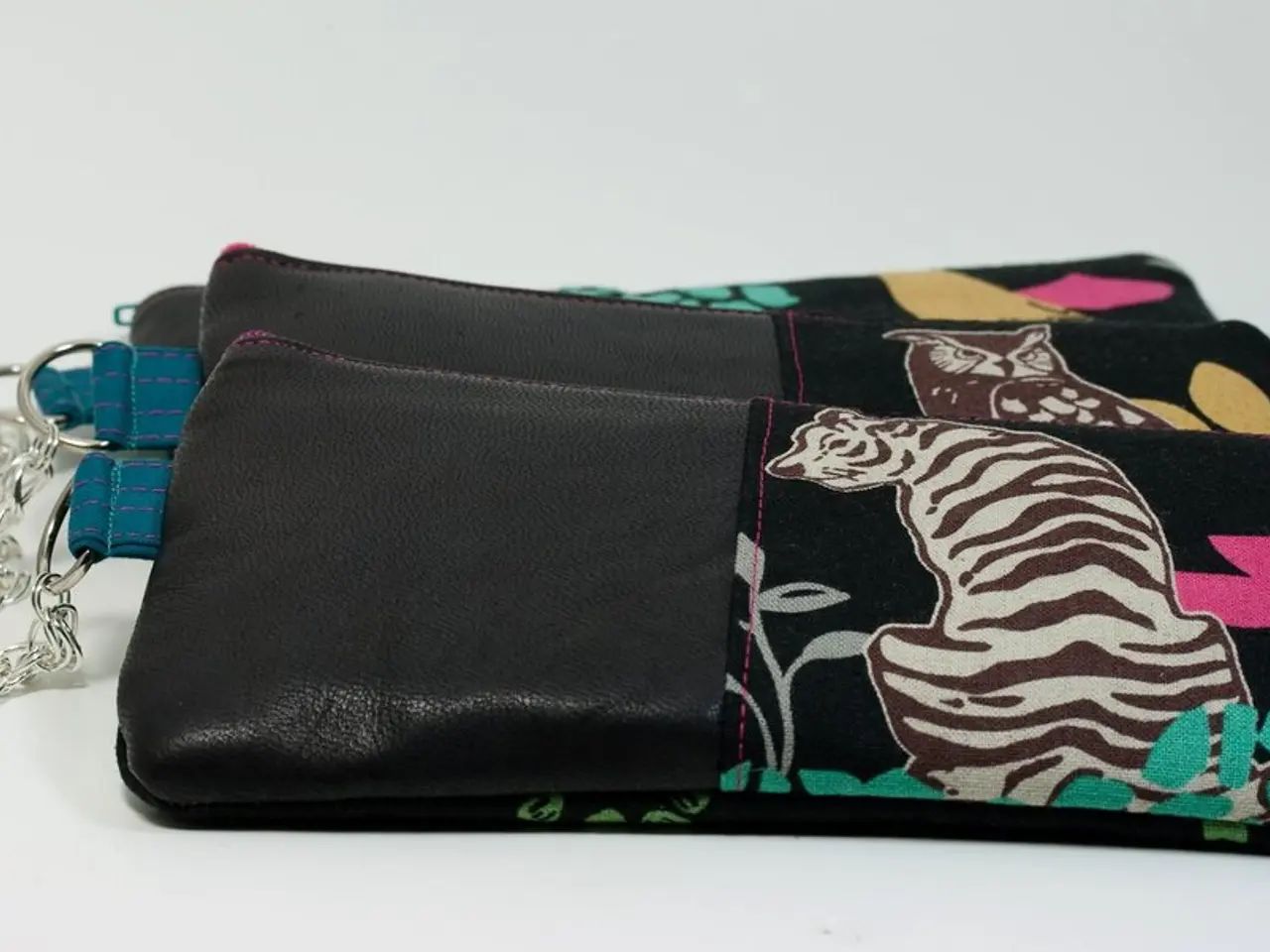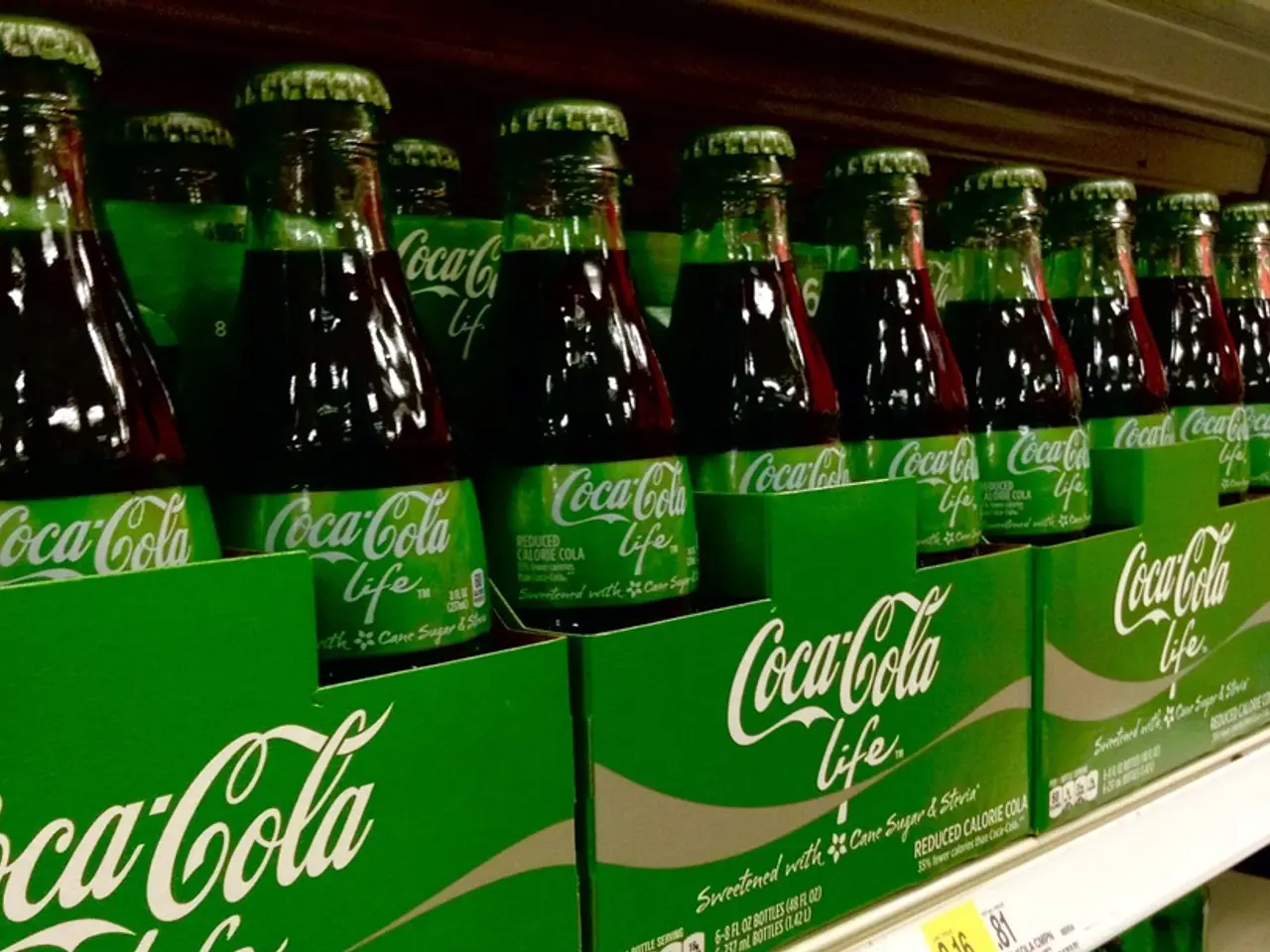Dacia, a Romanian automobile manufacturer, impressively debuts in the European Sport Utility Vehicle (SUV) market with the introduction of their Bigster model.
The Dacia Bigster, a new SUV from the Romanian carmaker, has made an impressive entry into the European market, showing promising results in key European markets, particularly in France and Germany.
In the first six months of 2025, the Bigster registered approximately 15,000 units across Europe [1]. In Germany, the Bigster sold 1,227 units in June, its second full month on the market, outperforming models like the Kia Sportage and Ford Kuga [1]. Total sales in Germany reached 3,000 units by June [1].
The success in Germany was surpassed by the performance in France, where the Bigster recorded 2,386 units sold in June, surpassing the Kia Sportage and Hyundai Tucson, and coming very close to the Renault Austral [1]. By June, the Bigster had reached 5,832 registered units, leading the C-SUV retail segment [2].
Dacia's overall performance in France has been strong, with a market share increase to 2.6% from 2.1% a year ago [2]. The Bigster has contributed to Dacia achieving its highest market share at 9.6% in May 2025 [3].
The Bigster's success positions it competitively against established models like the Renault Austral, Peugeot 3008, and Nissan Qashqai. While it leads in the C-SUV retail segment in France, it still faces strong competition from brands like Peugeot [1][2].
Interestingly, out of every 100 Dacia Bigster customers, 80 come from other brands, according to Dacia CEO Denis le Vot, representing an "80% conquest rate" [4]. This suggests that the Bigster is appealing to a broad customer base, with a high conquest rate from other brands.
The Dacia brand aims to sell up to 100,000 units of the Bigster annually, accounting for 30-40% of production at the Mioveni plant in Romania [5]. The Bigster's focus on its low price and large luggage space seems to be resonating with customers.
In Germany, the Bigster's June sales surpassed the Kia Sportage, Ford Kuga, Cupra Tavascan, Renault Austral, and were very close to the Nissan Qashqai [6].
The Dacia Bigster's top version, the 1.8-liter hybrid, is the most popular among customers, with 80% of orders being placed for it [7]. Only 15% of Dacia Bigster customers are switching from Dacia or Renault, as per Denis le Vot [8].
In summary, the Dacia Bigster is off to a strong start in the European market, particularly in France and Germany, where it has quickly gained traction in the competitive C-SUV segment. Its focus on a low price and large luggage space, combined with its broad appeal to customers from other brands, sets it apart in the market.
- The Dacia Bigster's impressive sales in key European markets like France and Germany indicate a promising future for the automotive industry, especially considering its competitive stance against established models such as the Renault Austral, Peugeot 3008, and Nissan Qashqai.
- Notably, the Dacia Bigster surpassed the Kia Sportage and Ford Kuga in sales within its second full month in the German market, and by June, sales reached 3,000 units.
- In June, the Bigster recorded an impressive 2,386 units sold in France, outperforming rivals like the Kia Sportage and Hyundai Tucson, and leading the C-SUV retail segment.
- Additionally, the Dacia Bigster's appeal extends beyond the automotive industry, as it attracts a broad customer base, with 80% of its customers coming from other brands, according to Dacia CEO Denis le Vot, indicating a significant impact on the lifestyle sector as well.




